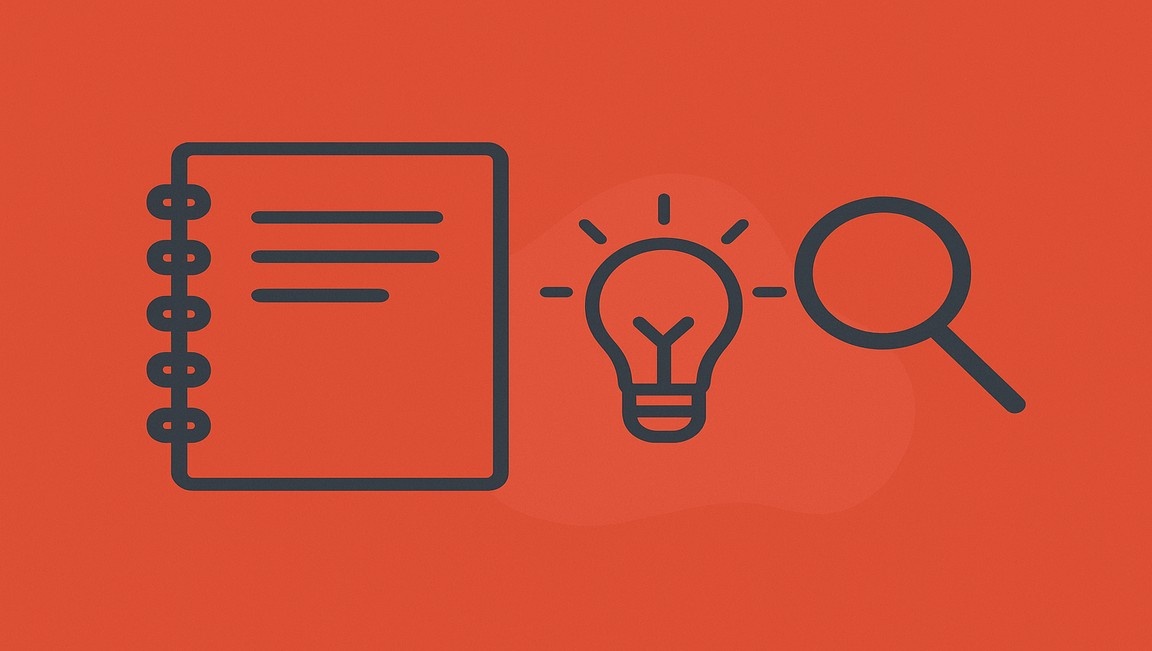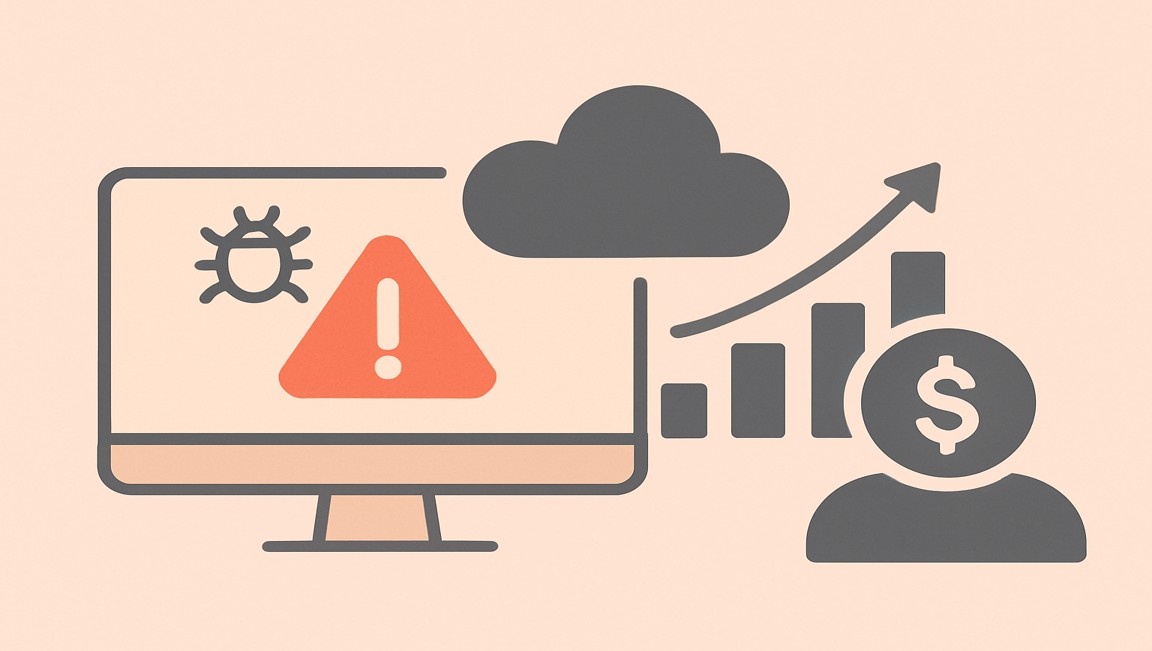Table of content
SHARE THIS ARTICLE
Is this blog hitting the mark?
Contact Us
Table of Content
- What is Software Testing Life Cycle (STLC)?
- Software Testing Life Cycle Phases : Checklist
- Why Testing is Important in Software Development Life Cycle
- Conclusion
- FAQs
Software testing is an essential part of developing high-quality software applications that meet the expectations and requirements of the customers and the stakeholders. Software testing helps to verify and validate the functionality, performance, usability, security, and reliability of the software application before it is released to the market or the end-users.
However, software testing is not a one-time activity that can be done at the end of the software development process. Software testing is a continuous and iterative process that involves a series of steps or phases that are executed throughout the software development life cycle (SDLC).
This process is known as the software testing life cycle (STLC).
What is Software Testing Life Cycle (STLC)?
Software testing life cycle (STLC) is a process that defines the various stages or phases of software testing and the activities and deliverables associated with each phase. STLC helps to plan, prepare, execute, and report the software testing activities in a systematic and structured way.
STLC is closely aligned with the software development life cycle (SDLC), as each phase of STLC corresponds to a phase of SDLC. However, STLC is independent of the software development methodology, such as waterfall, agile, or hybrid, and can be adapted to suit the specific needs and goals of the software testing project.
STLC ensures that the software testing process is consistent, efficient, effective, and transparent. It also helps to identify and document any defects or issues in the software application as early as possible, which reduces the testing time and cost, and improves the product quality and customer satisfaction.
Software Testing Life Cycle Phases : Checklist
Each phase of STLC has specific objectives, inputs, activities, outputs, and deliverables. The following diagram illustrates the software testing life cycle and its phases:

Let us look at each phase of STLC in detail.
Requirement Analysis
The requirement analysis phase is the first and the most important phase of STLC. In this phase, the software testing team analyzes and reviews the software requirements and specifications provided by the client or the stakeholders. The software testing team also interacts with the software development team, the business analysts, the project managers, and the end-users to understand the scope, objectives, and expectations of the software testing project.
The main activities of the requirement analysis phase are:
- Identify the testable and non-testable requirements
- Identify the testing types and techniques to be applied
- Identify the testing tools and resources to be used
- Identify the risks and assumptions associated with the software testing project
- Identify the test acceptance criteria and exit criteria
The main outputs and deliverables of the requirement analysis phase are:
- Requirement Traceability Matrix (RTM)
- Test Strategy Document
- Test Estimation Document
Also read: Importance of Testing in Node.js Applications
Test Planning
The test planning phase is the second phase of STLC. In this phase, the software testing team defines the overall strategy and approach for the software testing project. The software testing team also determines the test objectives, scope, schedule, budget, roles, and responsibilities for the software testing project.
The main activities of the test planning phase are:
- Define the test objectives, scope, and coverage
- Define the test schedule, milestones, and deliverables
- Define the test resources, roles, and responsibilities
- Define the test environment, infrastructure, and configuration
- Define the test data, test cases, and test scripts
- Define the test metrics, reporting, and communication
- Define the test quality, standards, and guidelines
- Define the test risk management and mitigation plan
The main output and deliverable of the test planning phase is the Test Plan Document.
Also read: Best Automation Testing Tools for Desktop Application
Test Case Development
The test case development phase is the third phase of STLC. In this phase, the software testing team designs and develops the test cases and test scripts based on the software requirements and specifications, the test strategy, and the test plan. The software testing team also prepares the test data and test scenarios for the software testing project.
The main activities of the test case development phase are:
- Design and develop the test cases and test scripts
- Prepare the test data and test scenarios
- Review and validate the test cases and test scripts
- Trace the test cases and test scripts to the software requirements and specifications
The main outputs and deliverables of the test case development phase are:
- Test Cases and Test Scripts
- Test Data and Test Scenarios
- Test Case Review Report
- Requirement Traceability Matrix (RTM)
Also read: Best Practices for Stress Testing
Test Environment Setup
The test environment setup phase is the fourth phase of STLC. In this phase, the software testing team sets up and configures the test environment, infrastructure, and tools for the software testing project. The test environment is a replica of the production environment where the software application will be deployed and used by the end-users. The test environment setup phase ensures that the software testing team has access to the required hardware, software, network, database, and other resources for the software testing project.
The main activities of the test environment setup phase are:
- Set up and configure the test environment, infrastructure, and tools
- Verify and validate the test environment, infrastructure, and tools
- Resolve any issues or defects in the test environment, infrastructure, and tools
The main outputs and deliverables of the test environment setup phase are:
- Test Environment Setup Report
- Test Environment Verification Report
- Test Environment Defect Report
Also read: How to Scale Browser Testing with Automated Testing?
Test Execution
The test execution phase is the fifth phase of STLC. In this phase, the software testing team executes the test cases and test scripts on the software application in the test environment. The software testing team also records and reports the test results, test logs, test evidences, and test metrics for the software testing project.
The main activities of the test execution phase are:
- Execute the test cases and test scripts
- Record and report the test results, test logs, test evidences, and test metrics
- Identify and document the defects or issues in the software application
- Track and monitor the defects or issues in the software application
- Evaluate the test results and test metrics against the test acceptance criteria and exit criteria
The main outputs and deliverables of the test execution phase are:
- Test Results and Test Logs
- Test Evidences and Test Metrics
- Defect Report and Defect Log
- Test Status Report and Test Summary Report
Also read: How To Test In A High Developer-To-Tester Ratio?
Test Closure
The test closure phase is the sixth and the final phase of STLC. In this phase, the software testing team completes and closes the software testing project. The software testing team also evaluates and analyzes the software testing project and its outcomes. The software testing team also provides the feedback and recommendations for the improvement of the software testing process and the software application.
The main activities of the test closure phase are:
- Complete and close the software testing project
- Evaluate and analyze the software testing project and its outcomes
- Provide the feedback and recommendations for the improvement of the software testing process and the software application
- Archive and document the software testing project and its deliverables
The main outputs and deliverables of the test closure phase are:
- Test Closure Report
- Test Evaluation Report
- Test Feedback Report
- Test Improvement Report
- Test Documentation and Archive
Also read: Why is testing most important for your eCommerce website?
Why Testing is Important in Software Development Life Cycle
Software testing is an integral part of the software development life cycle, as it helps to ensure the quality and success of the software application. Software testing provides the following benefits in the software development life cycle:
- Enhances the product vision and understanding
- Maximizes the customer satisfaction and loyalty
- Reduces the testing time and cost
- Improves the product reliability and performance
- Prevents the product failures and risks
- Complies with the product standards and regulations
- Increases the product value and marketability
Conclusion
Software testing life cycle is a process that defines the various stages or phases of software testing and the activities and deliverables associated with each phase. STLC helps to plan, prepare, execute, and report the software testing activities in a systematic and structured way.
STLC is closely aligned with the software development life cycle, as each phase of STLC corresponds to a phase of SDLC. STLC ensures that the software testing process is consistent, efficient, effective, and transparent. STLC also helps to identify and document any defects or issues in the software application as early as possible, which reduces the testing time and cost, and improves the product quality and customer satisfaction.
QAble is the top software testing company in India that provides all kinds of testing services, such as functional testing, performance testing, usability testing, security testing, automation testing, and more. QAble has a team of experienced and certified software testers who can handle any software testing project with ease and efficiency.
QAble also uses the latest and best software testing tools and technologies to deliver the best software testing solutions for your software application.
QAble can also help you with the software testing life cycle and why you need it. QAble can explain the software testing life cycle and its phases, benefits, and best practices to you and your team. QAble can also help you to identify the correct phases of software testing life cycle for your software testing project and to follow them accordingly.
If you are interested in working with QAble for your software testing project, you can contact us. We will be happy to assist you and answer any questions that you may have.
Thank you for reading this blog post. We hope that you found it informative and valuable.
We look forward to hearing from you soon. 😊
Discover More About QA Services
sales@qable.ioDelve deeper into the world of quality assurance (QA) services tailored to your industry needs. Have questions? We're here to listen and provide expert insights


Nishil Patel is the Co-founder of QAble, delivering advanced test automation solutions with a focus on quality and speed. He specializes in modern frameworks like Playwright, Selenium, and Appium, helping teams accelerate testing and ensure flawless application performance.
.svg)














.webp)
.webp)
.png)
.png)











.png)



.png)

.png)

.png)




















.webp)

